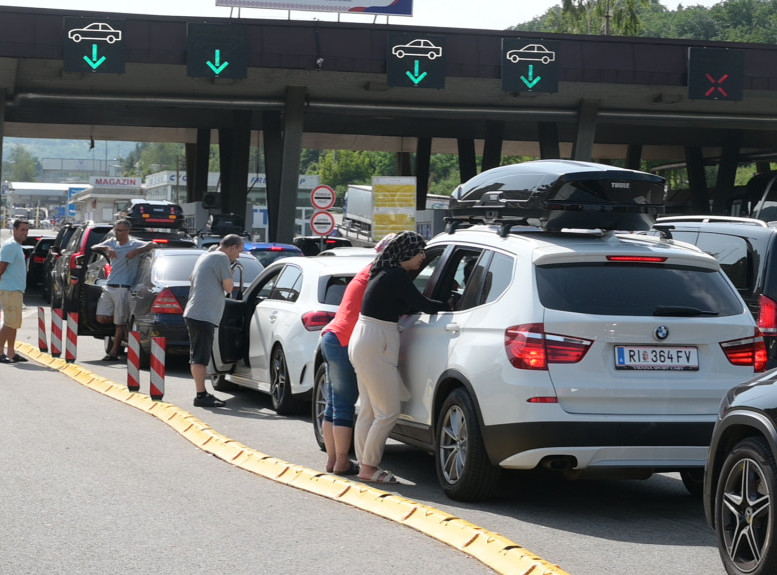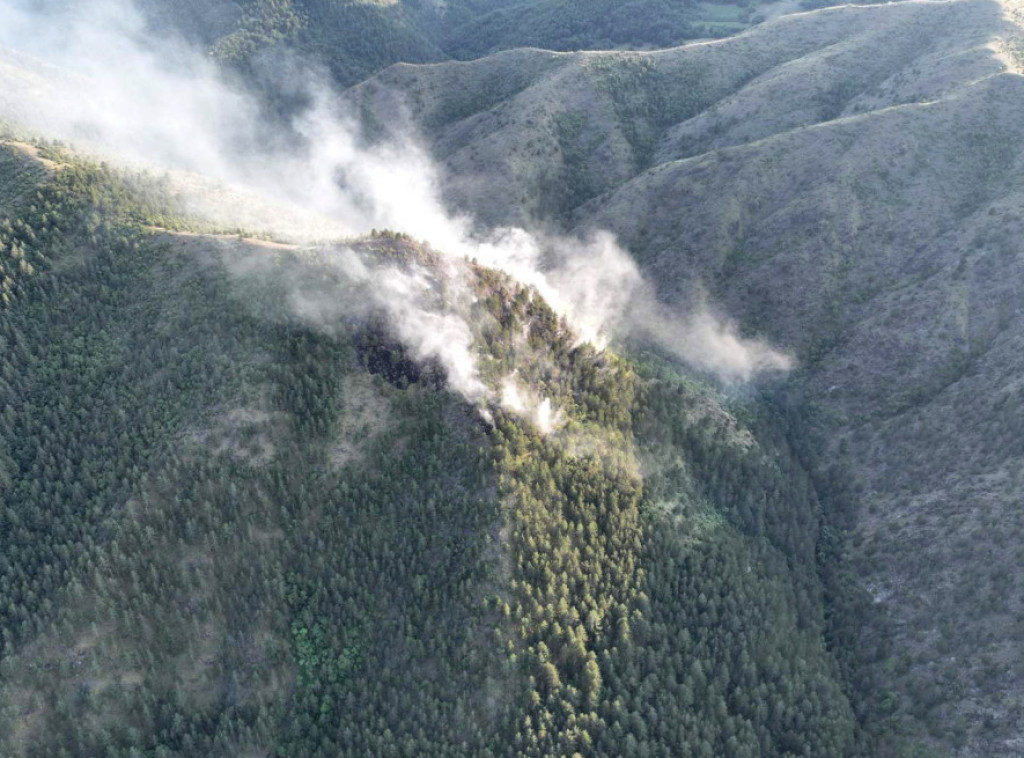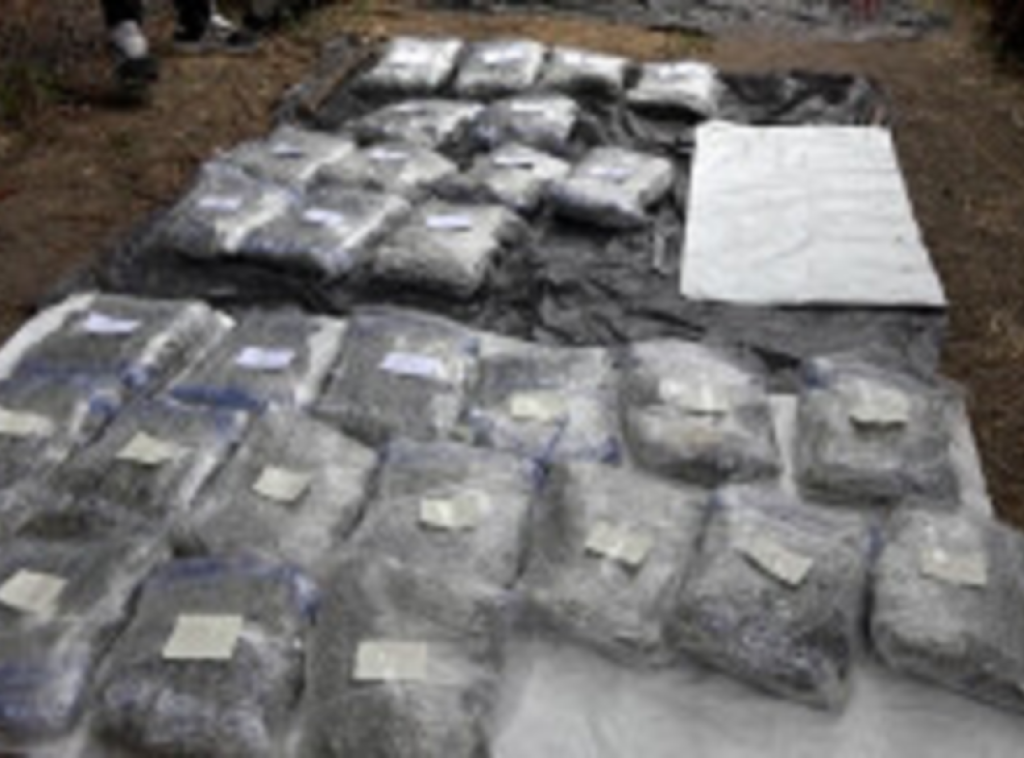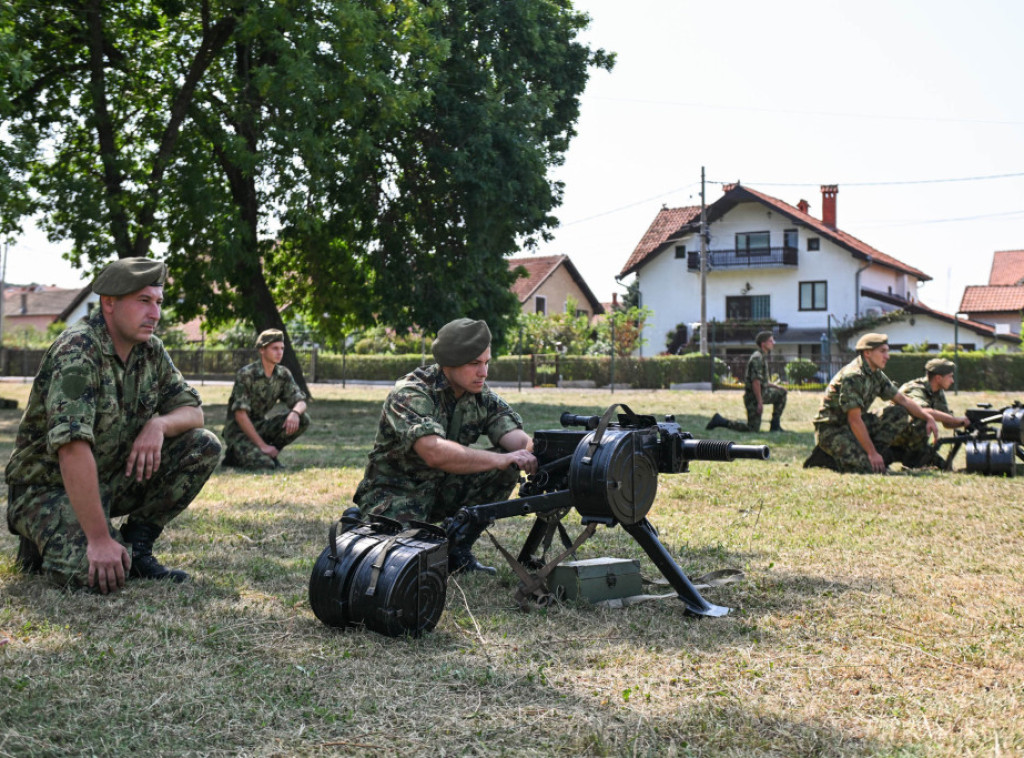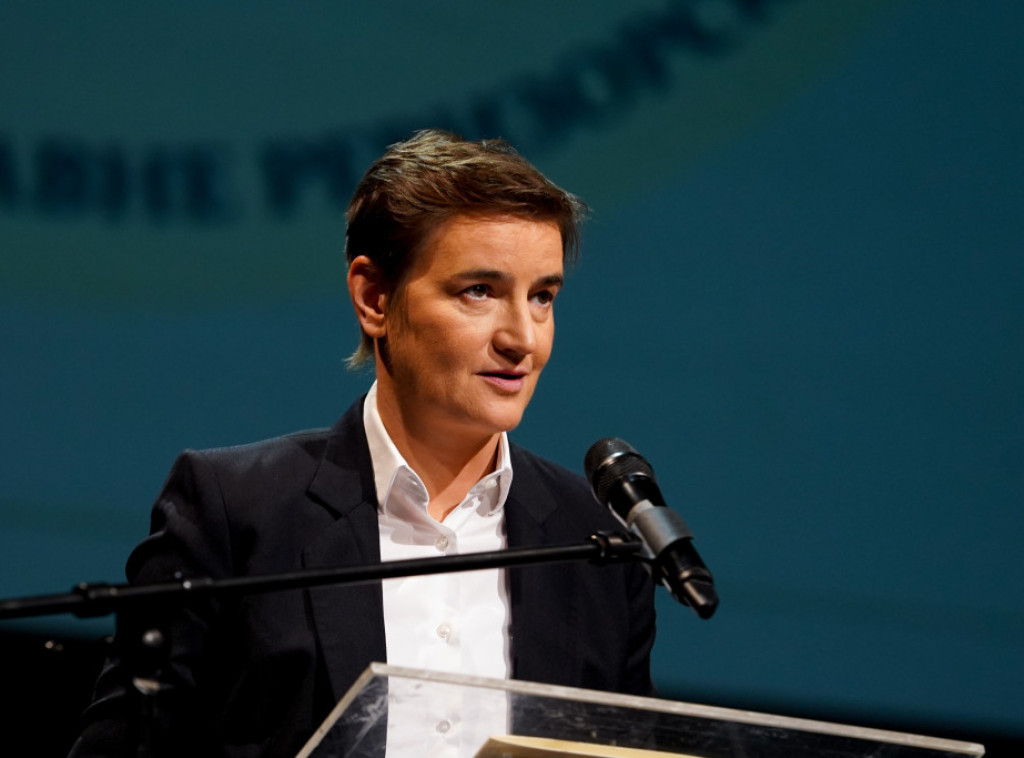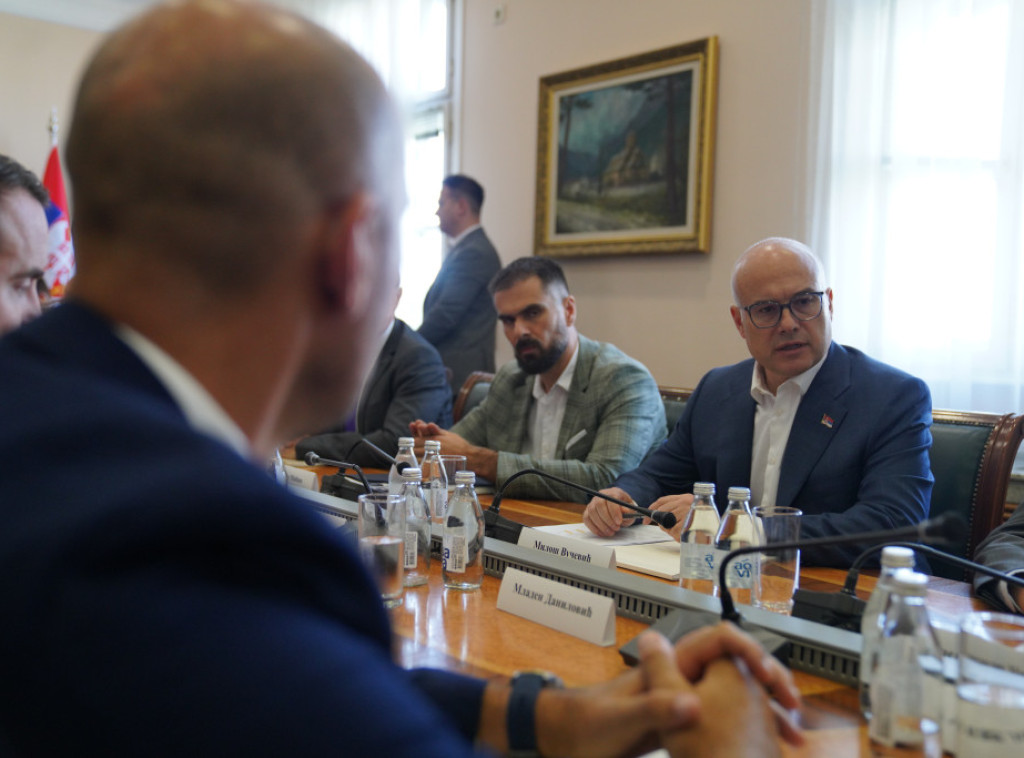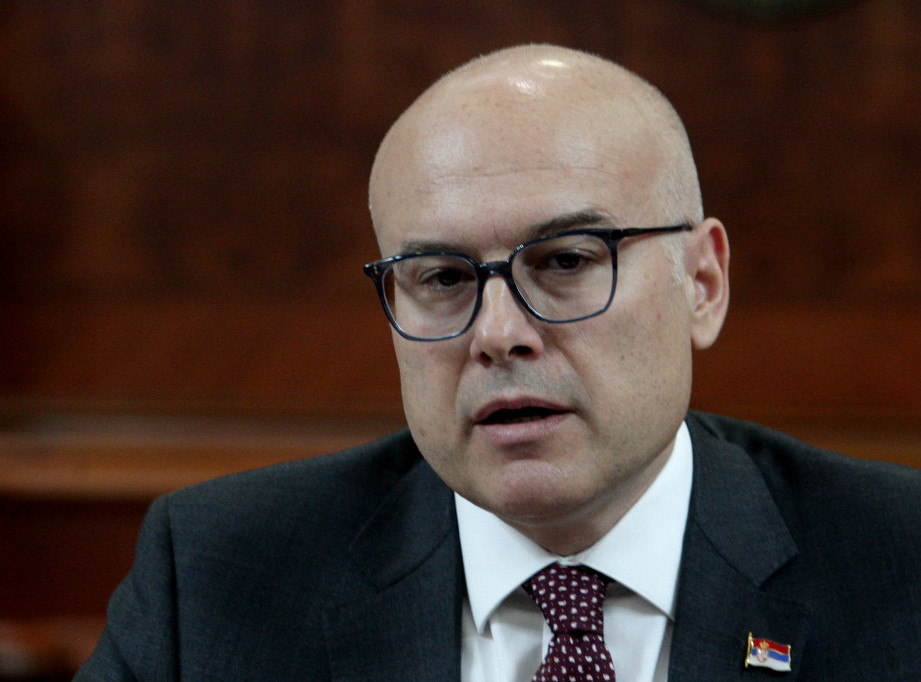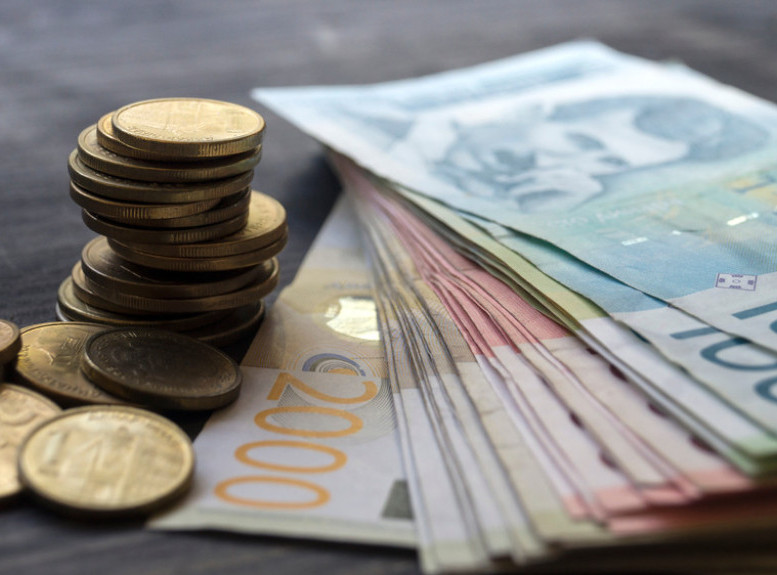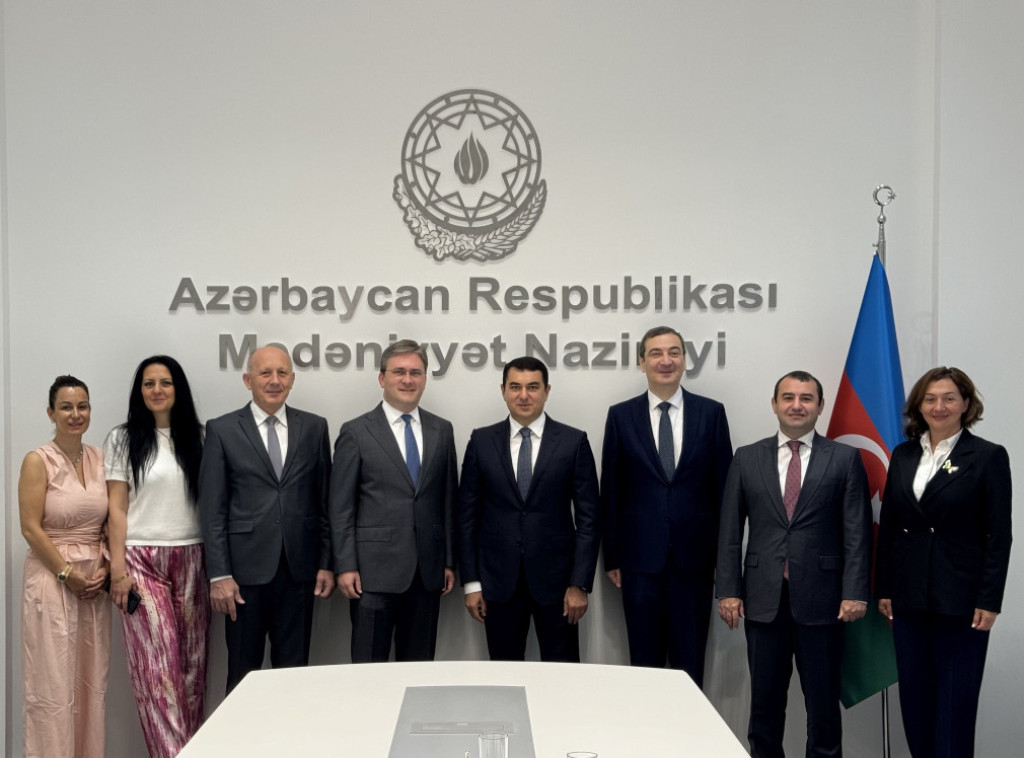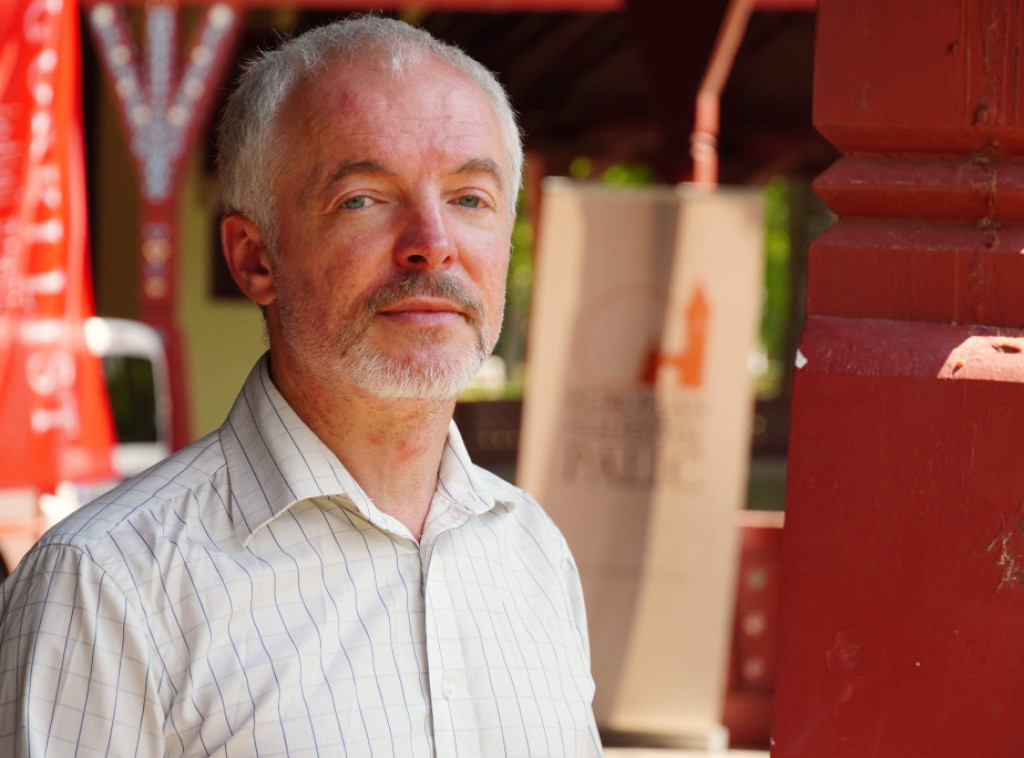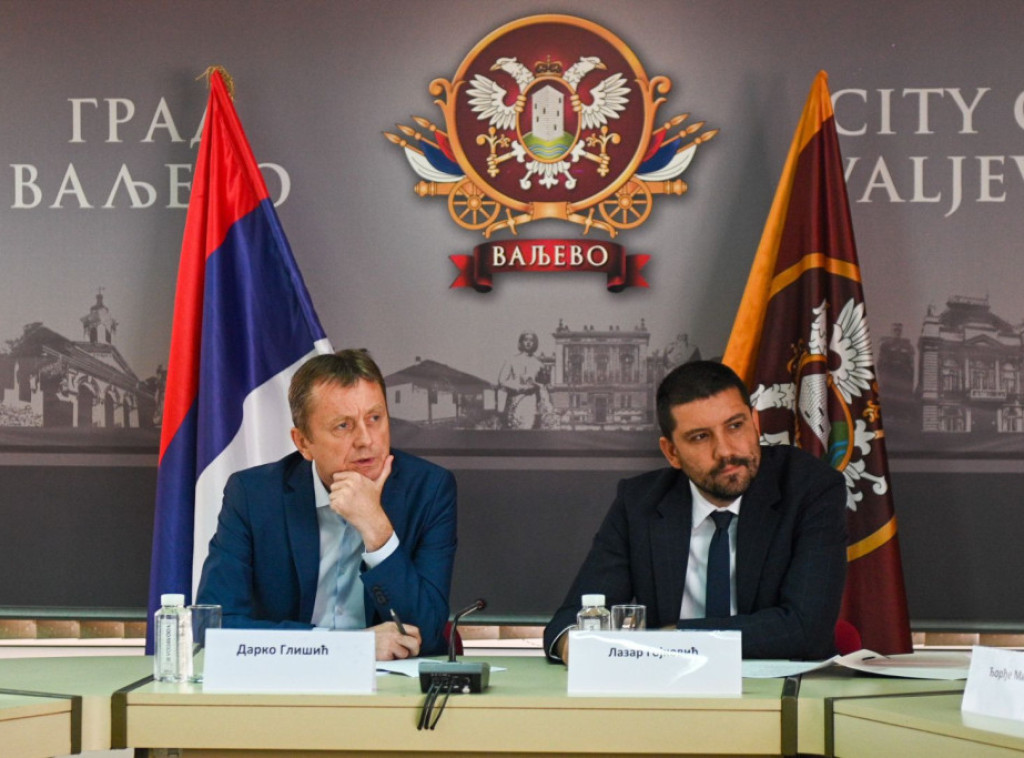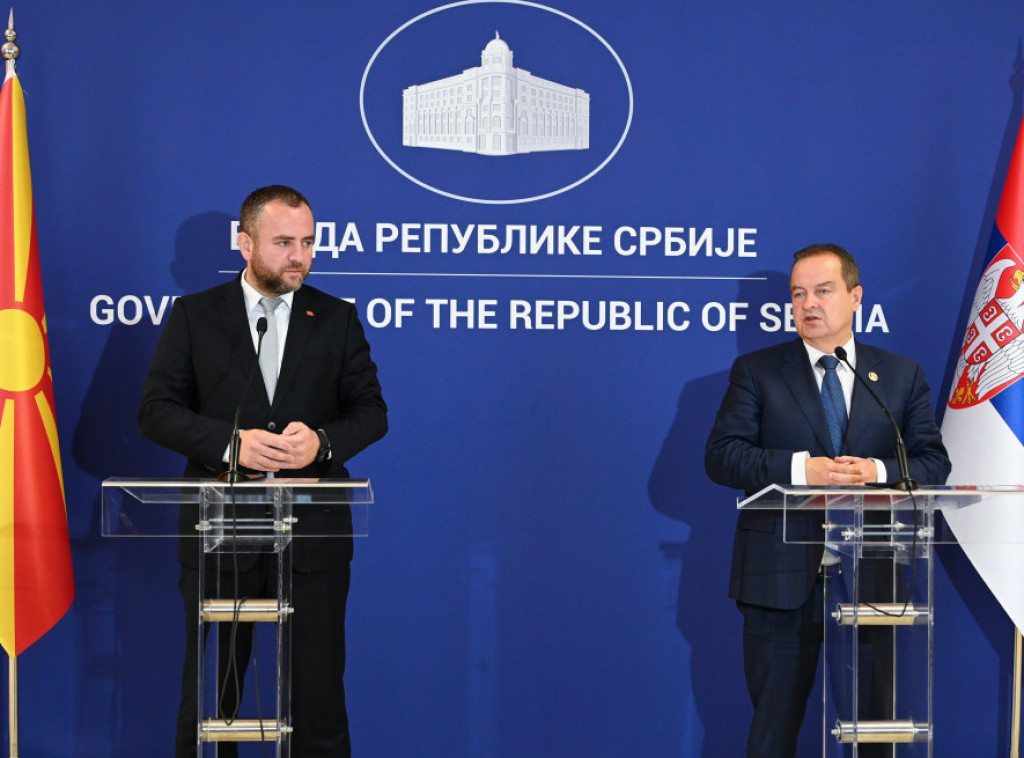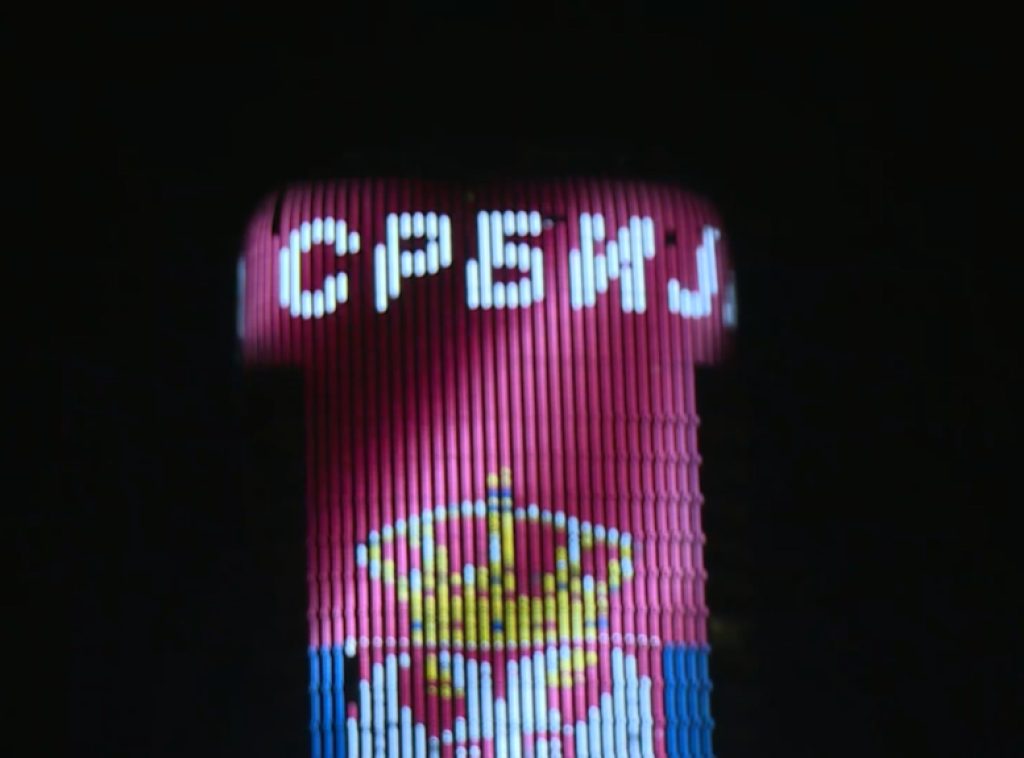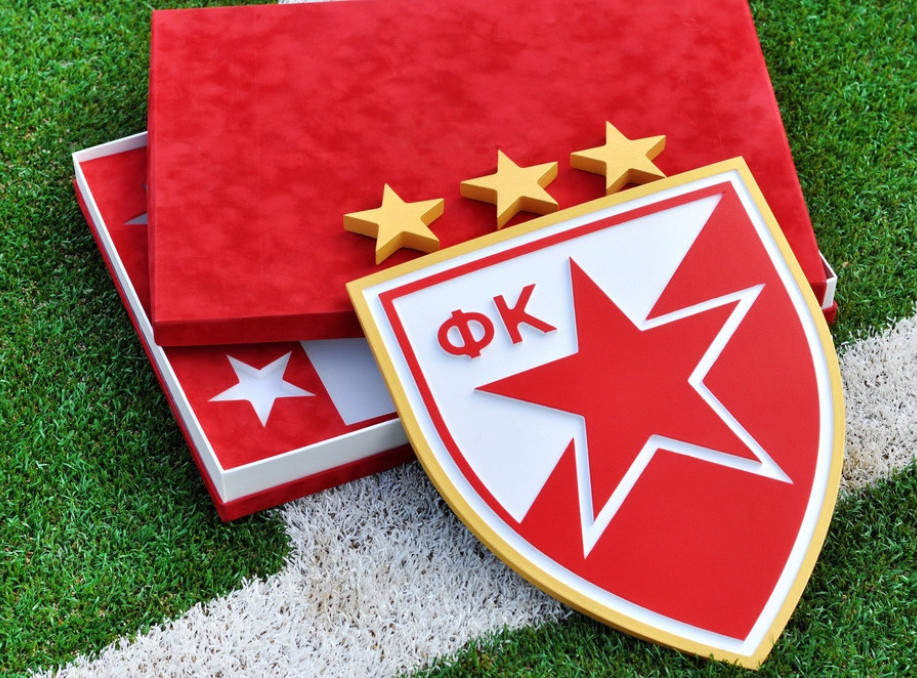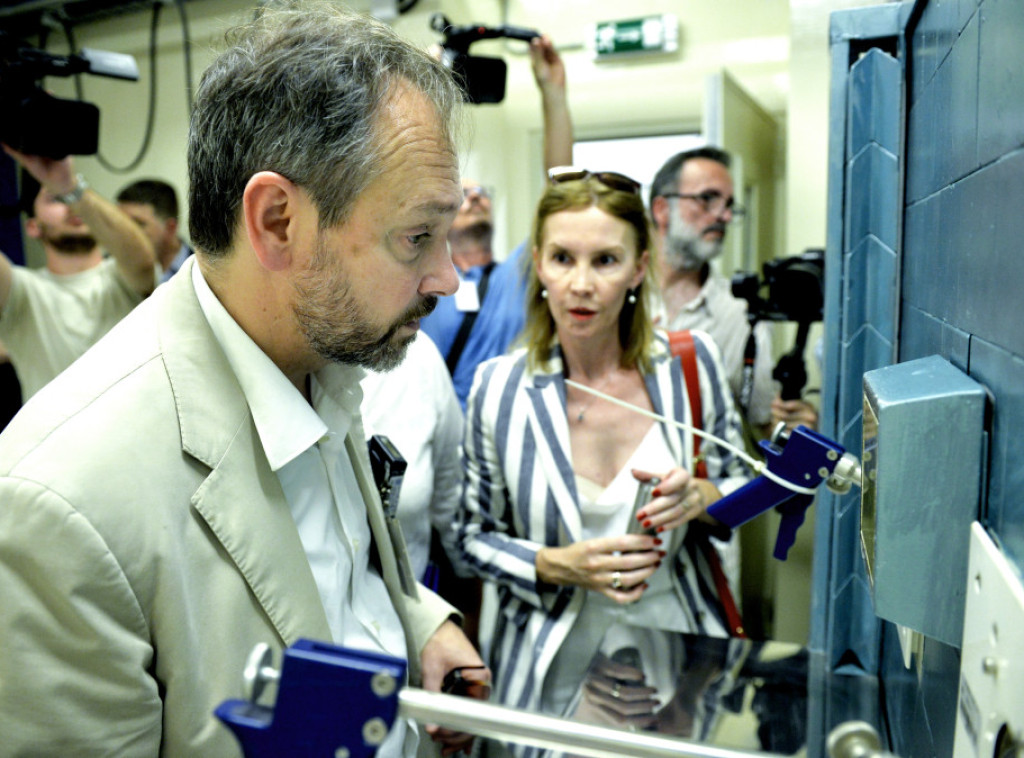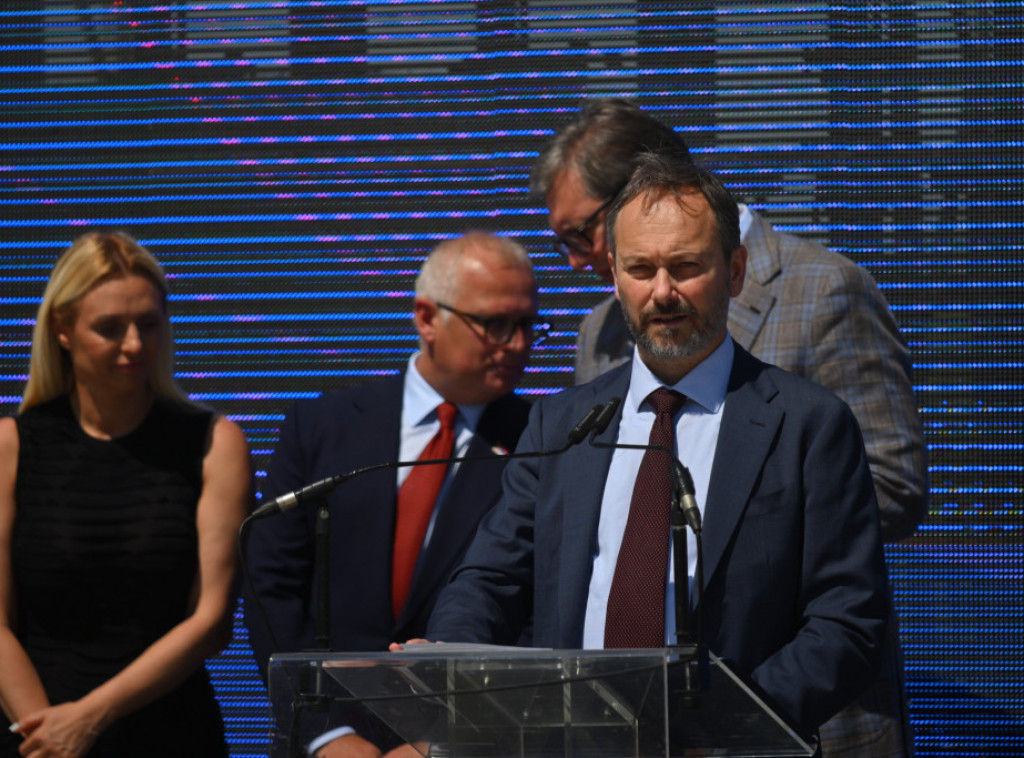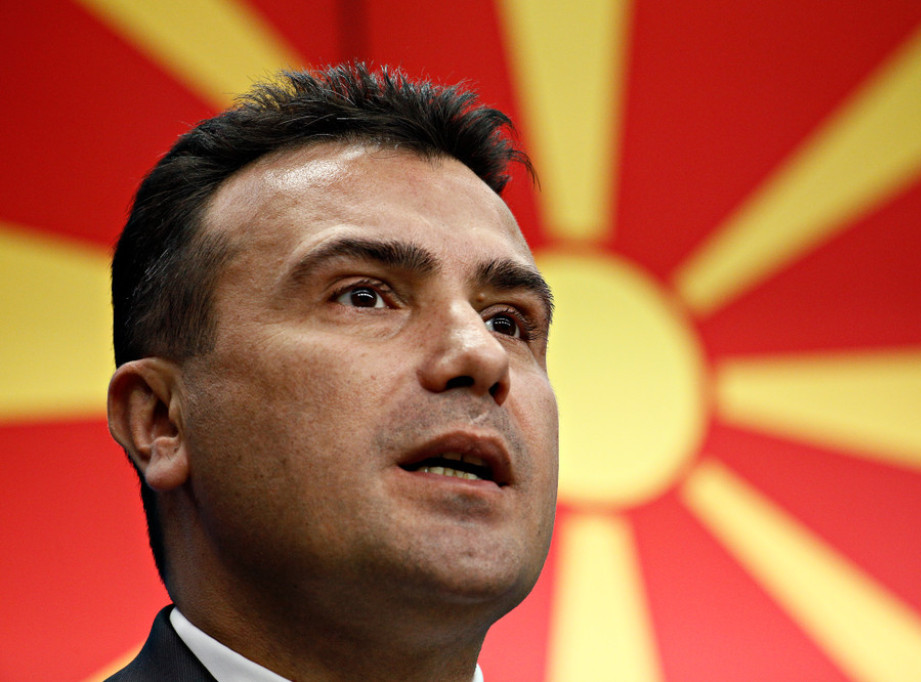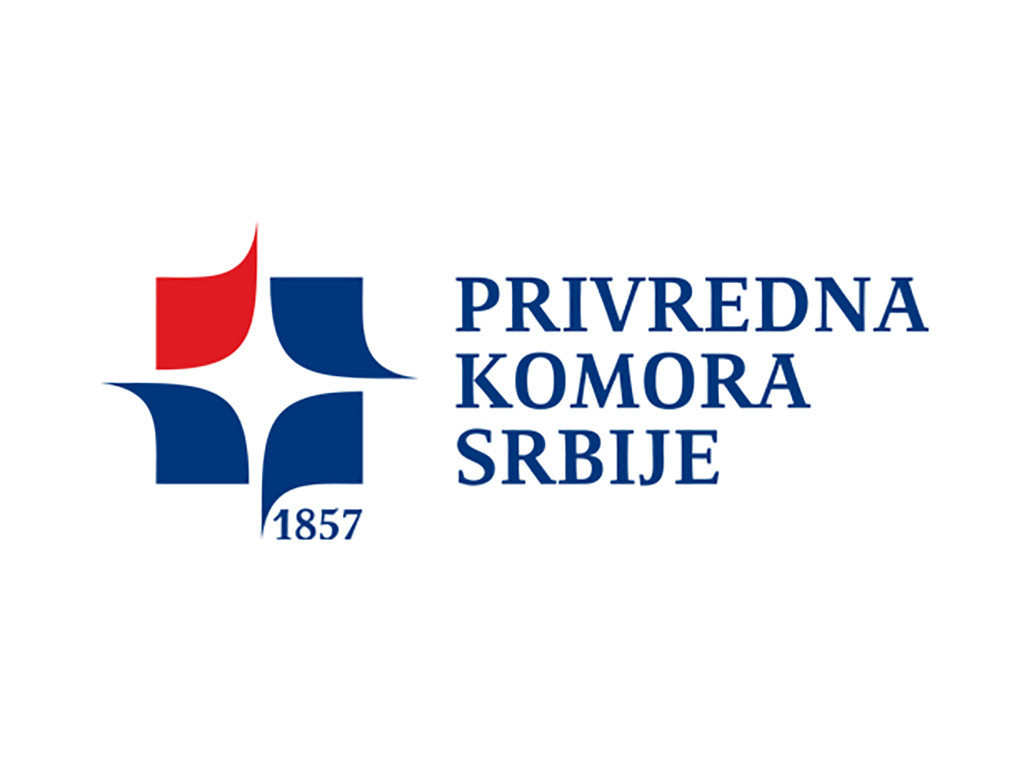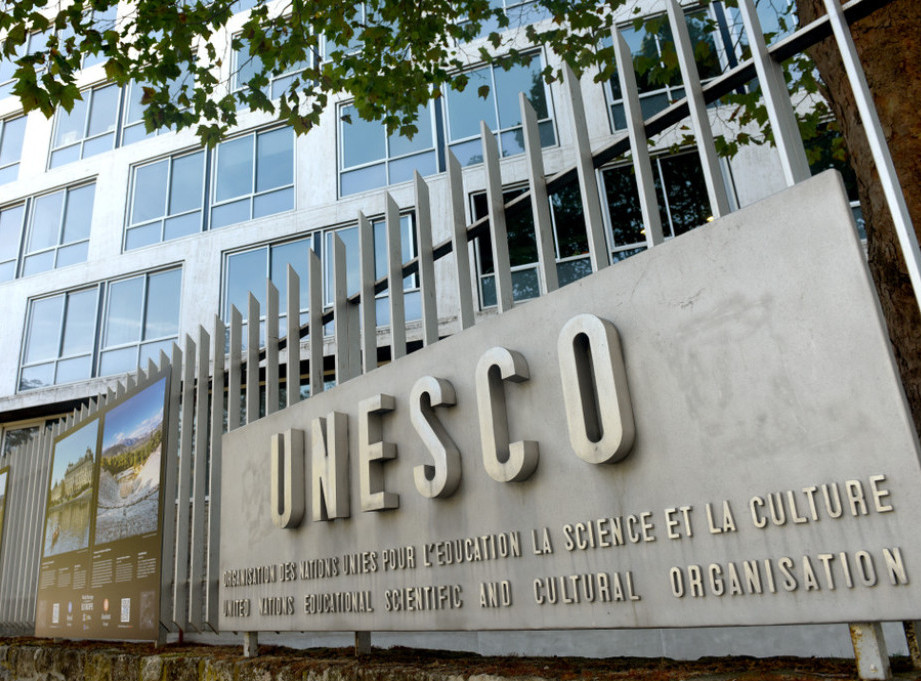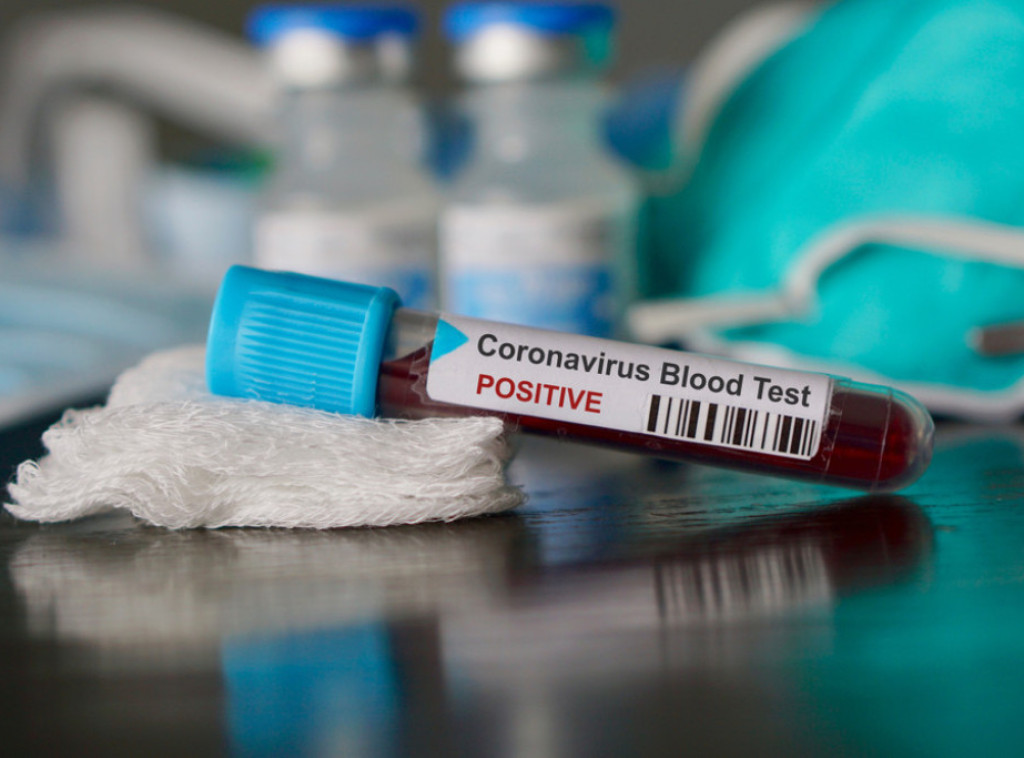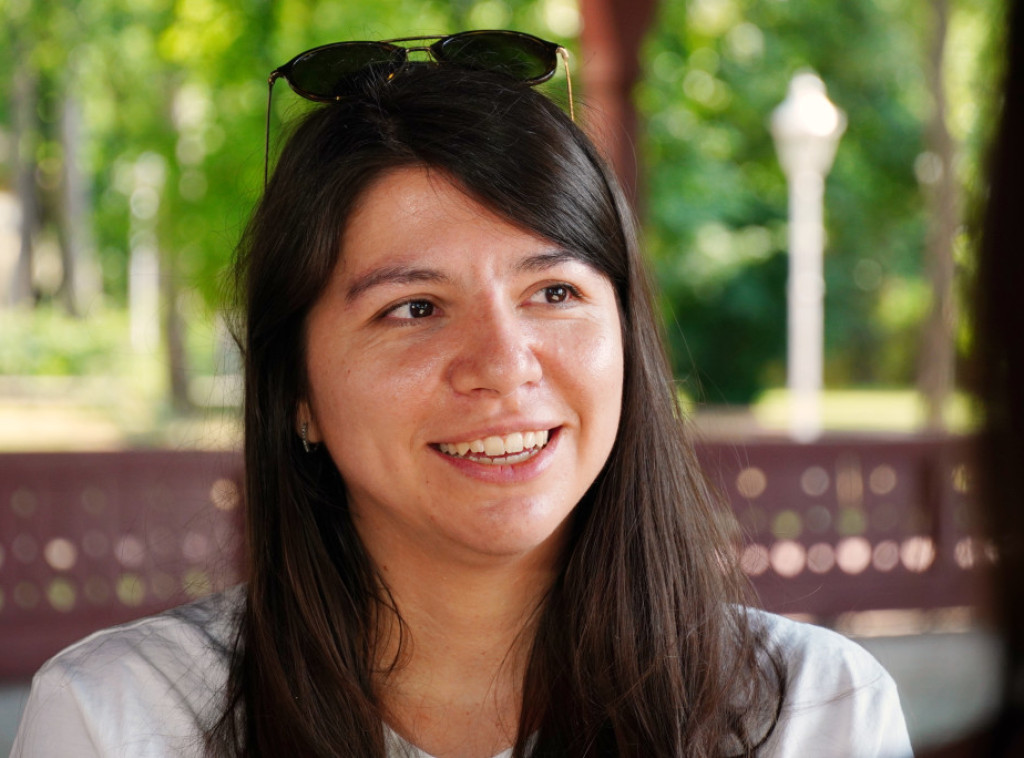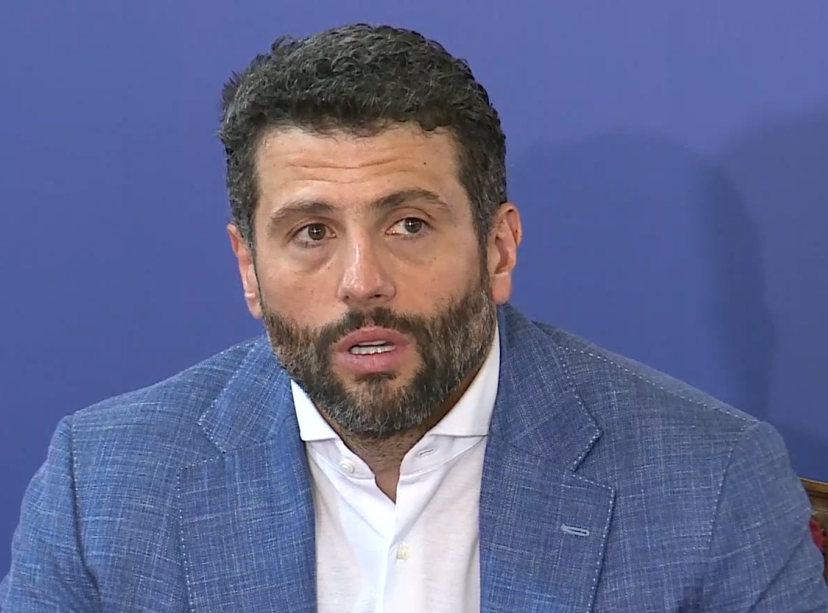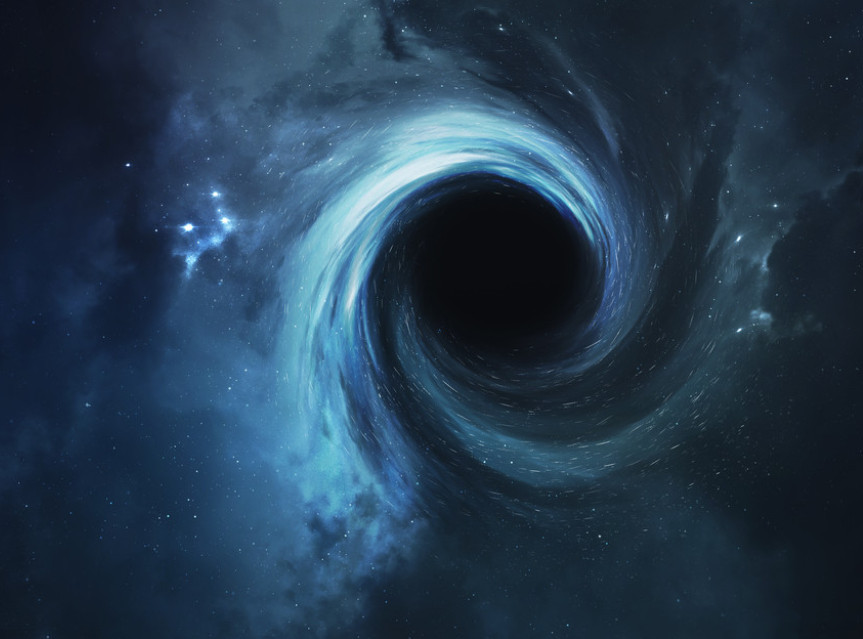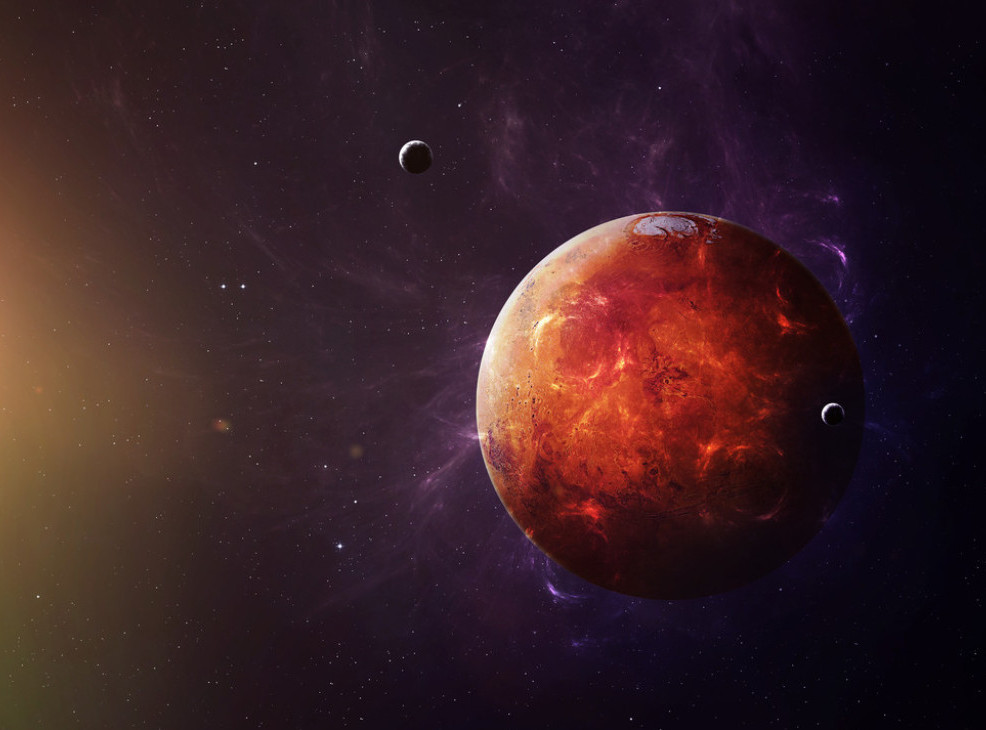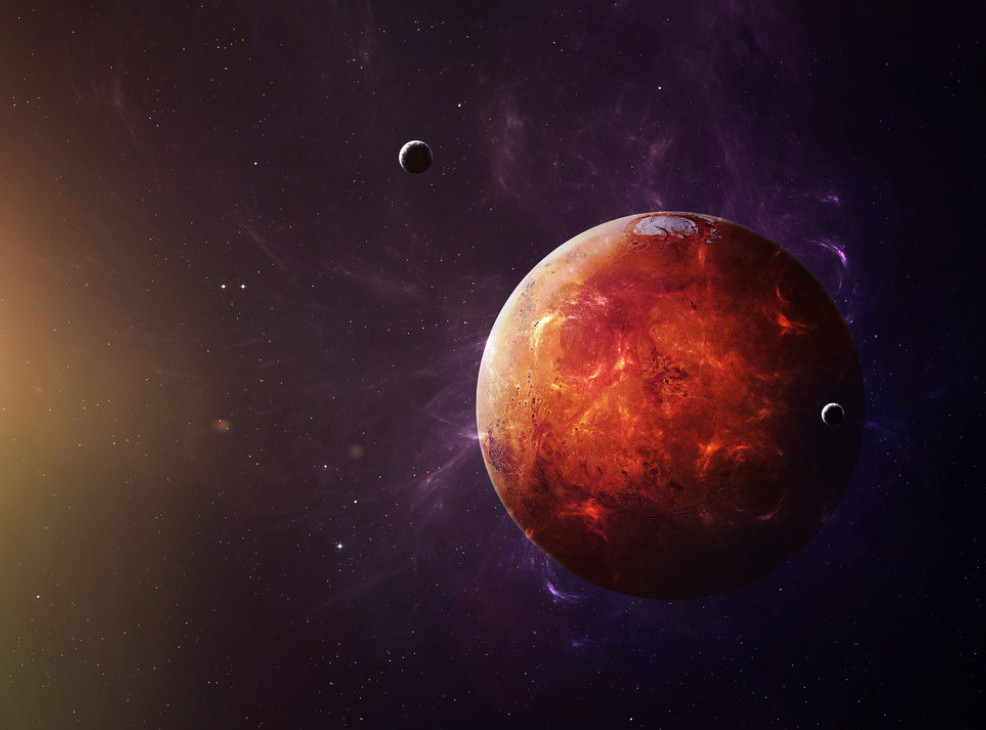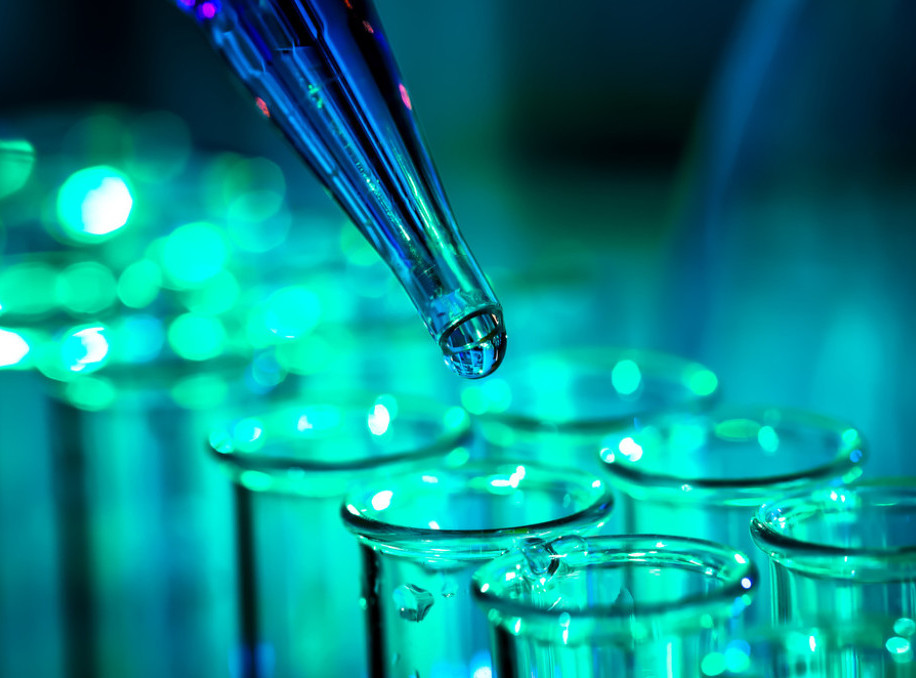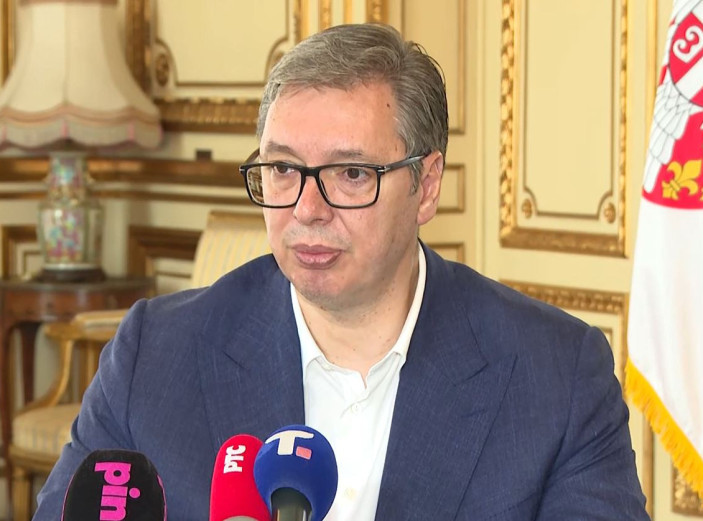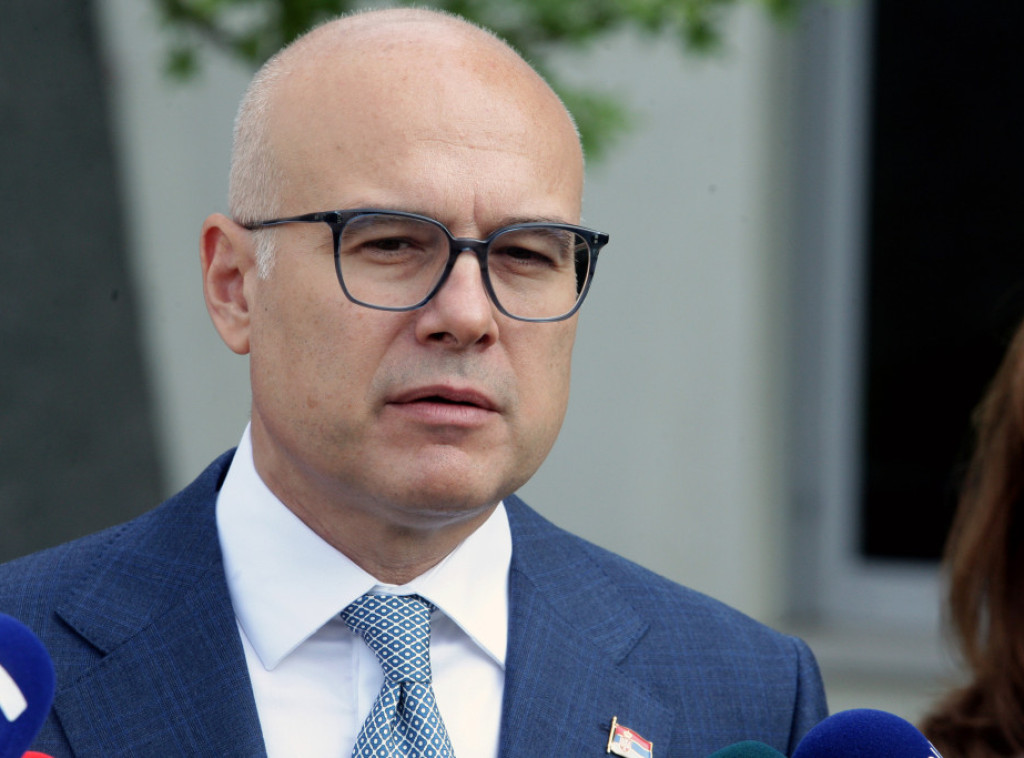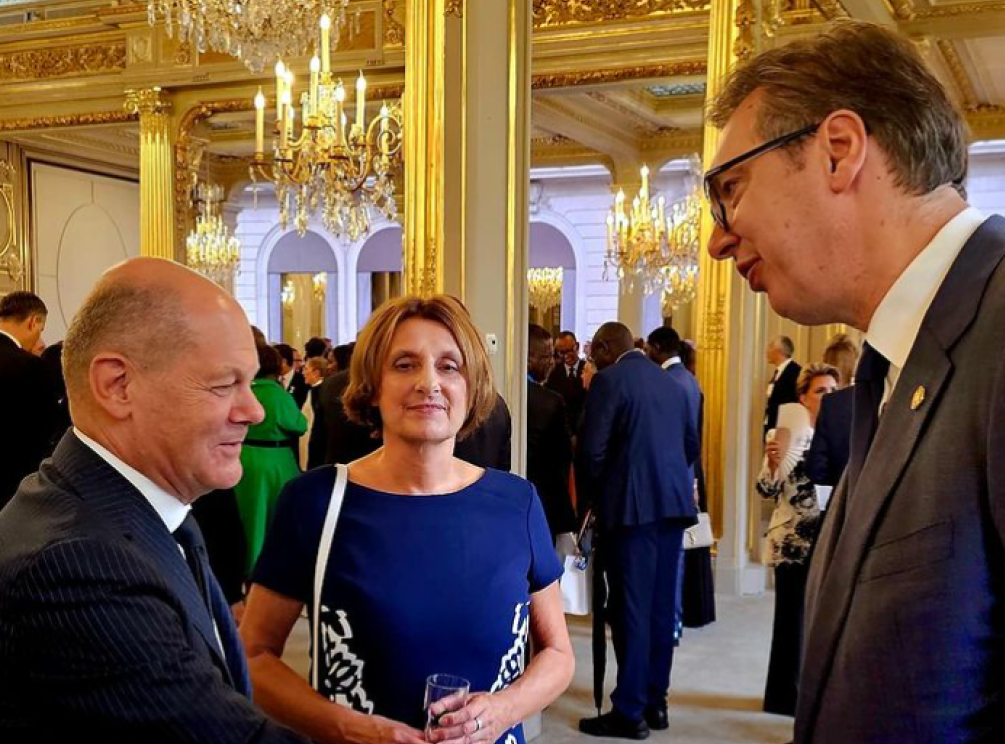
17. maj 2023 16:32
Jovic: FDI inflow in first four months of 2023 at 1.2 bln euros
podeli vest
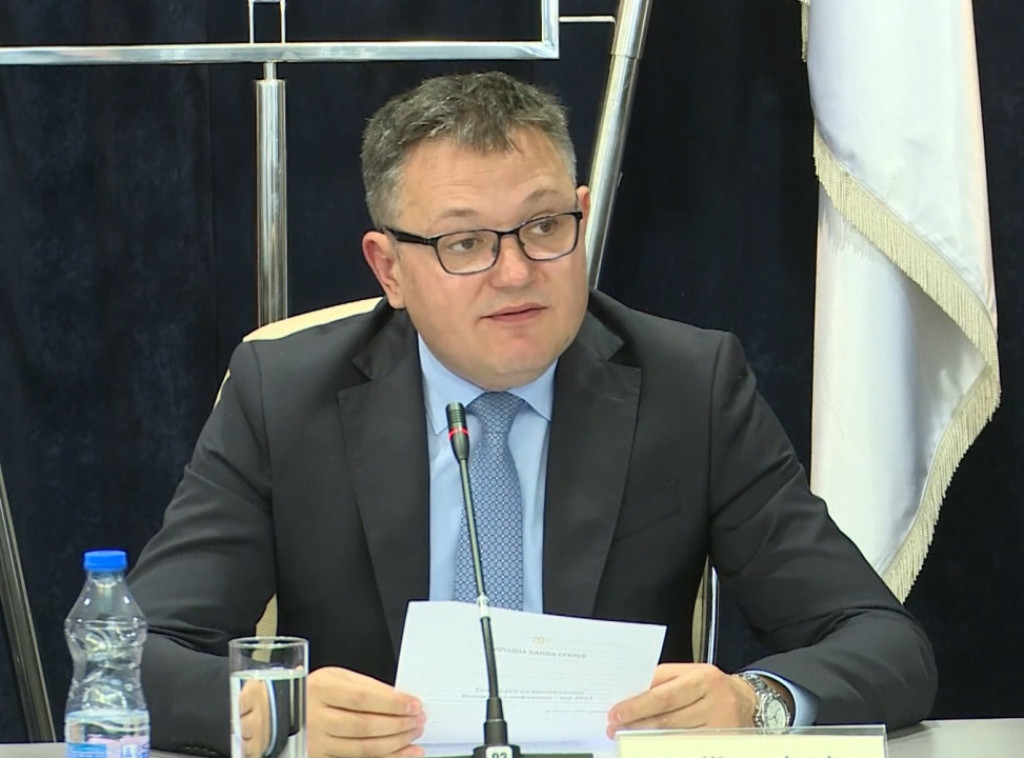
Foto: Tanjug video
BELGRADE - National Bank of Serbia (NBS) Vice Governor Zeljko Jovic said on Wednesday Serbia had registered a FDI inflow of 1.259 bln euros in the first four months of this year, or 66 pct more y-o-y.
Speaking at the presentation of the NBS May Inflation Report, Jovic said net FDI inflow was expected to continue to fully cover the current account deficit, as it had in the past eight years.
"At its March and April meetings, the NBS lifted further its key policy rate, to 6.00 pct," Jovic said.
The rate might be increased even further, but if trend projections materialise, I believe that will not be necessary, he said.
"The NBS’s monetary tightening drove interest rates in the interbank money market further up and induced a rise in rates on dinar loans, indicating the efficiency of the transmission mechanism through the interest rate channel," he said.
"Interest rates on euro-denominated loans also went up as financing conditions in the euro area were tightened further. Lending to the non-monetary sector continued to slow to 3.7 pct y-o-y in March, partly as a result of the maturing of guarantee scheme loans," he said.
Quoting figures released by the national statistical office, Jovic said that GDP had risen by 0.7 pct y-o-y in Q1, "guided by activity growth in the industry sector, primarily thanks to a rebound in electric energy system production."
"A positive contribution also came from the service sectors, though it was lower than in 2022. GDP growth is estimated to speed up in the remainder of the year, on account of expected acceleration of activity in the euro area and our other important trade partners," he said.
"The current account deficit in Q1 measured a mere 112 mln euros, or 0.7 pct of GDP, down by over 1.4 bln euros from the same period in 2022. Such outturn was supported by lower energy imports, largely because of reduced global energy prices, but also by continued growth in goods and services export at high nominal and real rates. Almost all key manufacturing branches recorded export growth (with the exception of production of oil, chemicals and chemical products, and base metals), confirming our economy’s resilience to weaker external demand. In addition, Serbia was a net exporter of electricity in Q1, which had previously not been the case in this part of the year, thanks to a rebound in production and a mild winter. Since the first-quarter current account deficit was much lower than expected, we now project the annual share of the current account deficit in GDP this year to be considerably lower as well, measuring 4.5 pct," Jovic said.



